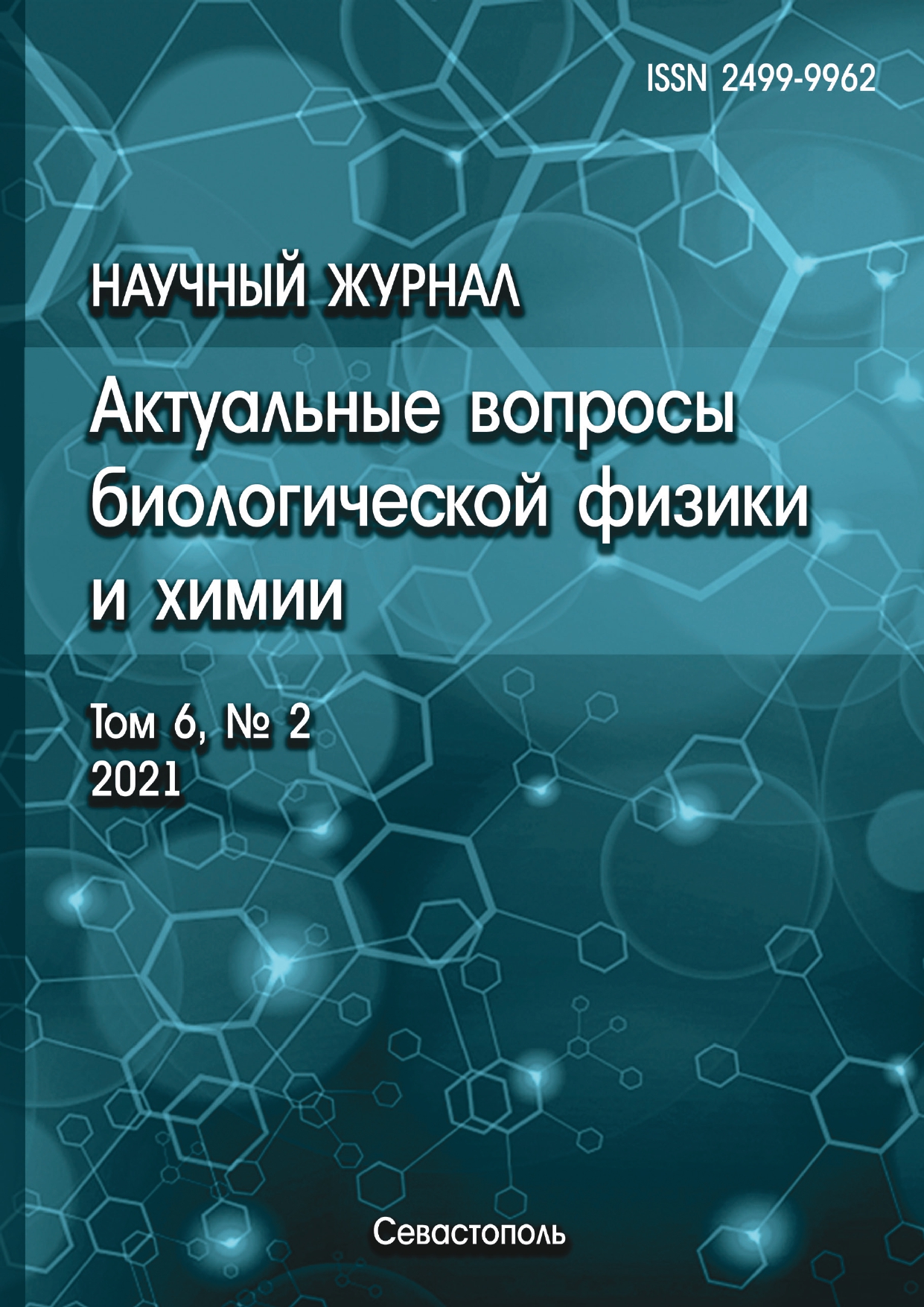Candida albicans is a yeast-like fungus that lives on people's mucous membranes and skin and does not cause infections. However, it plays a role in the development of opportunistic infections in immunocompromised people. In this work, we would like to evaluate the possibility of studying the cell wall of C. albicans by atomic force microscopy, as well as compare the operating modes of the microscope and choose the most optimal one for working with the fungus. Atomic force microscopy is a powerful tool for evaluating surfaces, including the cell walls of biological objects. The microscope is capable of operating in different modes, but in this work we compared two of them: contact and semi-contact. These methods are the most popular for evaluating the surfaces of biological objects. Comparison of the modes was carried out on the C. albicans strain. The surface of the strain was scanned by atomic force microscopy, and the curves of the dependence of the sensor deviation from the distance to the object were recorded. Scanning and recording of curves were carried out in two modes of operation of the microscope: contact and semi-contact, as well as three sensors: soft, medium and hard. As a result of the study, the optimal sensor and mode for atomic-force microscopy were selected.
Atomic-force microscope, Candida Albicans
1. Lopes-Colombo A., Guimaraes T., Camargo L.F.A., Richtmann R. Brazilian guidelines for the management of candidiasis - a joint meeting report of three medical societies: Sociedade Brasileira de Infectologia, Sociedade Paulista de Infectologia and Sociedade Brasileira de Medicina Tropical. The Brazilian Journal of Infectious Diseases, 2013, vol. 17, iss. 3, pp. 283-312. DOI: https://doi.org/10.1016/j.bjid.2013.02.001; EDN: https://elibrary.ru/RLKDMV
2. Araviyskiy R.A., Klimko N.N., Gorshkova G.I. Kandidoznyy sepsis. Diagnostika mikozov. @@Arabian R.A., Klimko N.N., Gorshkova G.I. Candidal sepsis. Diagnosis of mycoses. (In Russ.)
3. Gazzard B. Fungal infection of the gastrointestinal tract. Principles and Practice of Clinical Mycology, 1996, pp. 165-177.
4. Martha F. Mushi et al. High Oral Carriage of Non-albicans Candida spp. among HIV-infected individuals.International Journal of Infectious Diseases, 2016, vol. 49, pp. 185-188.
5. Voropaev A.D., Ekaterinchev D.A., Voropaeva V.A., Lihanskaya E.I., Nesvizhskiy Yu.V. Mutacii v gene ERG11 Candida albicans, vydelennyh u VICh-inficirovannyh pacientov. Problemy medicinskoy mikologii, 2021, t. 23, № 2, c. 68. @@Voropaev A.D., Ekaterinchev D.A., Voropaeva V.A., Likhanskaya E.I., Nesvizhsky Yu.V. Mutations in the ERG11 gene of Candida albicans isolated from HIV-infected patients. Problems of medical mycology, 2021, vol. 23, no. 2, p. 68. (In Russ.) EDN: https://elibrary.ru/FDVYOX
6. Webb H.K., Truong V.K. et al. Physico-mechanical characterisation of cells using atomic force microscopy. Current research and methodologies. Journal of Microbiological Methods, 2011, vol. 86, pp. 131-139.
7. Urbah V.Yu. Statisticheskiy analiz v biologicheskih i medicinskih issledovaniyah. M.: 1975, 295 s. @@Urbach V.Yu. Statistical analysis in biological and medical research. M.: 1975, 295 p. (In Russ.)
8. Kasas S. et al., AFM contribution to unveil pro- and eukaryotic cell mechanical properties. Semin Cell Dev Biol, 2017, vol. 73, pp. 177-187.
9. Khatiwada D., Lamichhane S.K., A Brief overview of AFM Force distance spectroscopy. The Himalayan Physics, 2011, vol. 2, no. 2, pp. 80-83.
10. Sofiane El-Kirat-Chatel et al. Nanoscale analysis of caspofungin-induced cell surface remodelling in Candida albicans. Nanoscale, 2013, vol. 5, no. 3, pp. 1105-1115.










